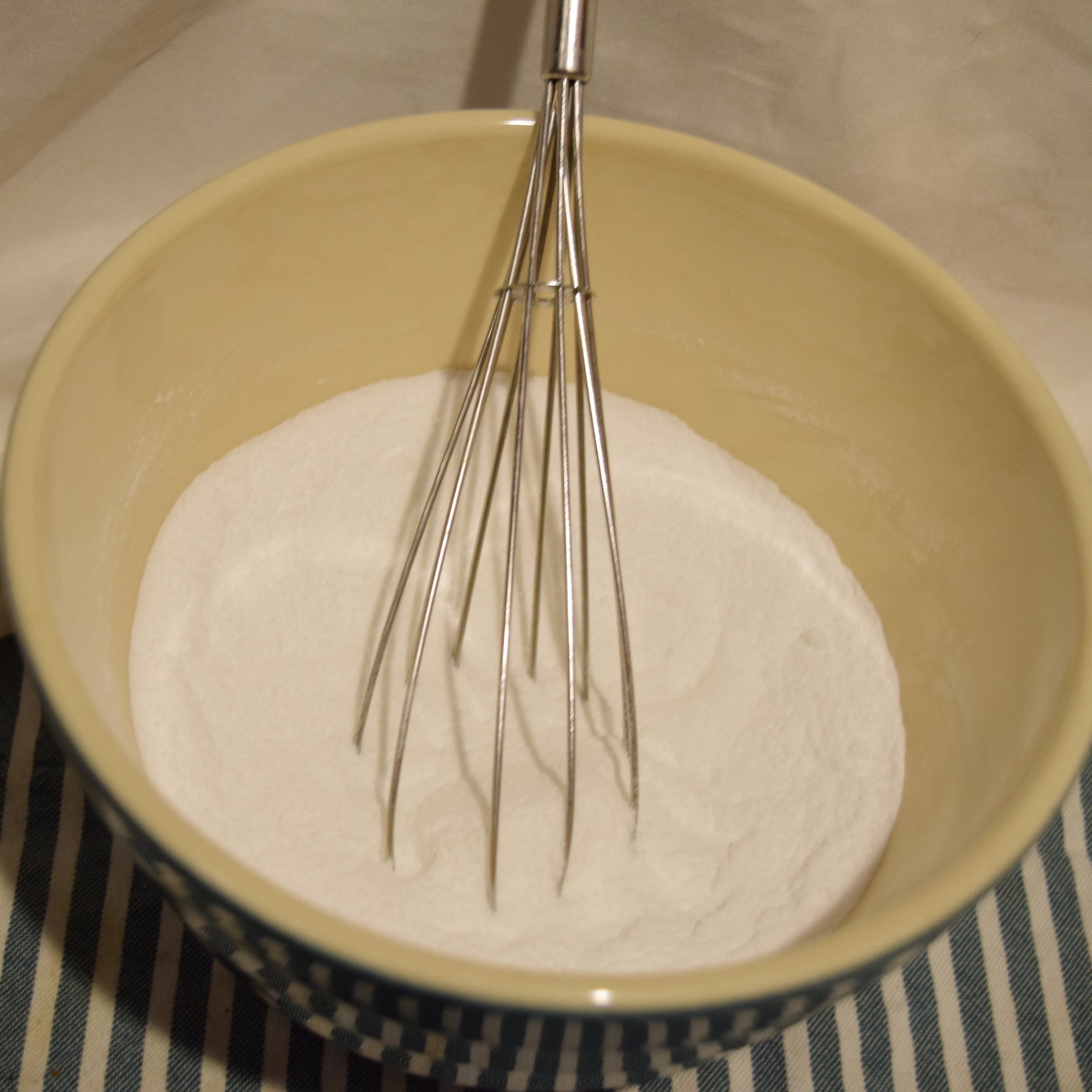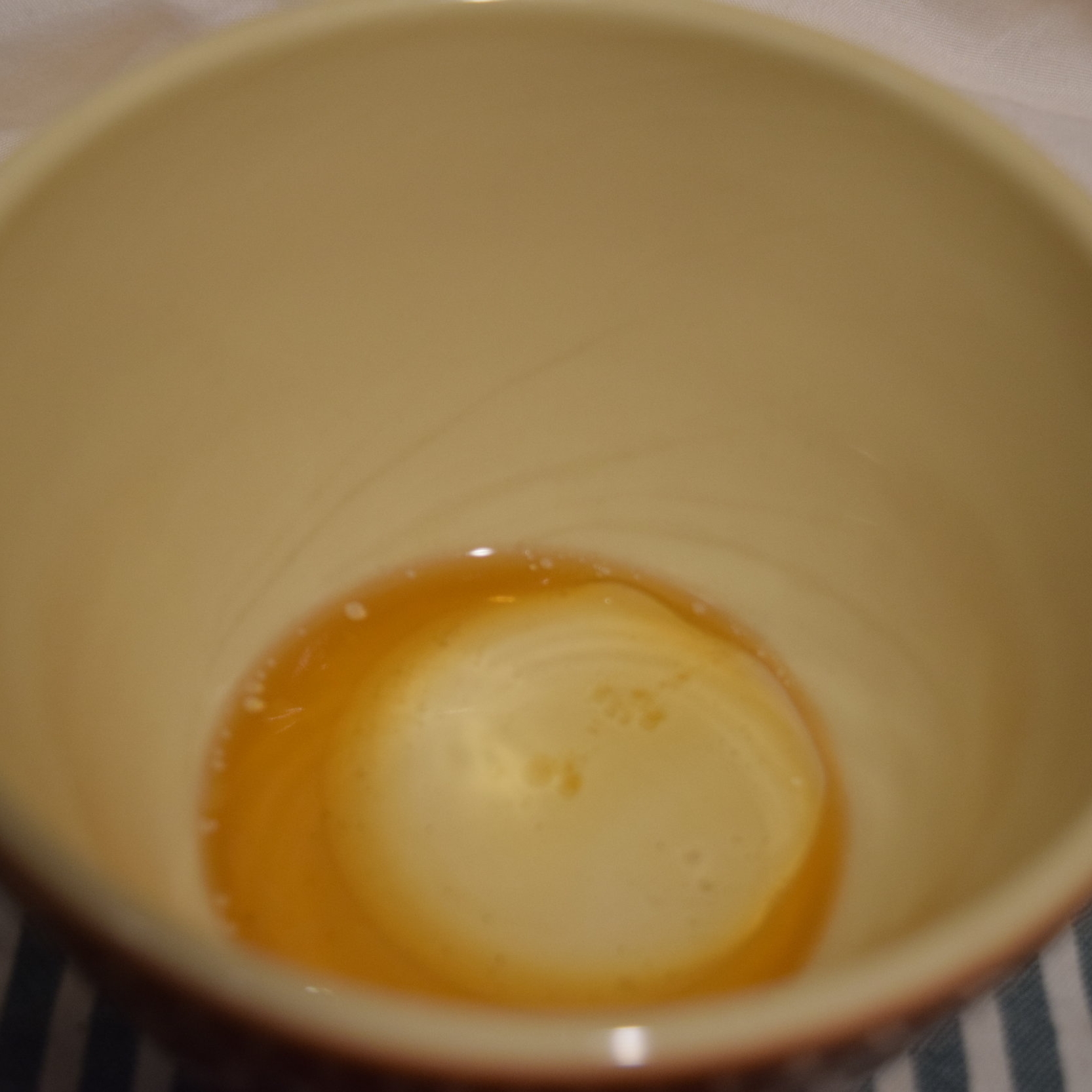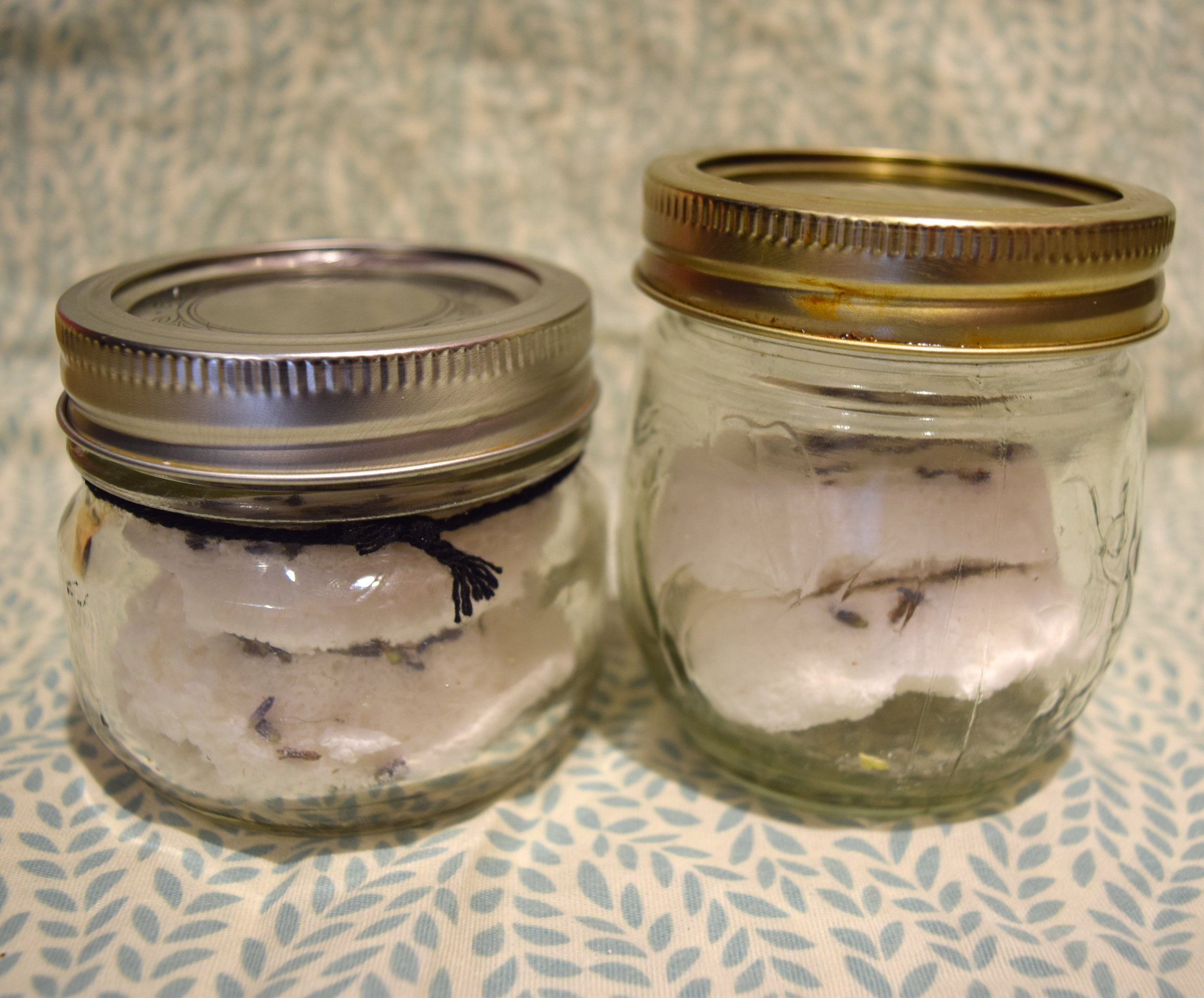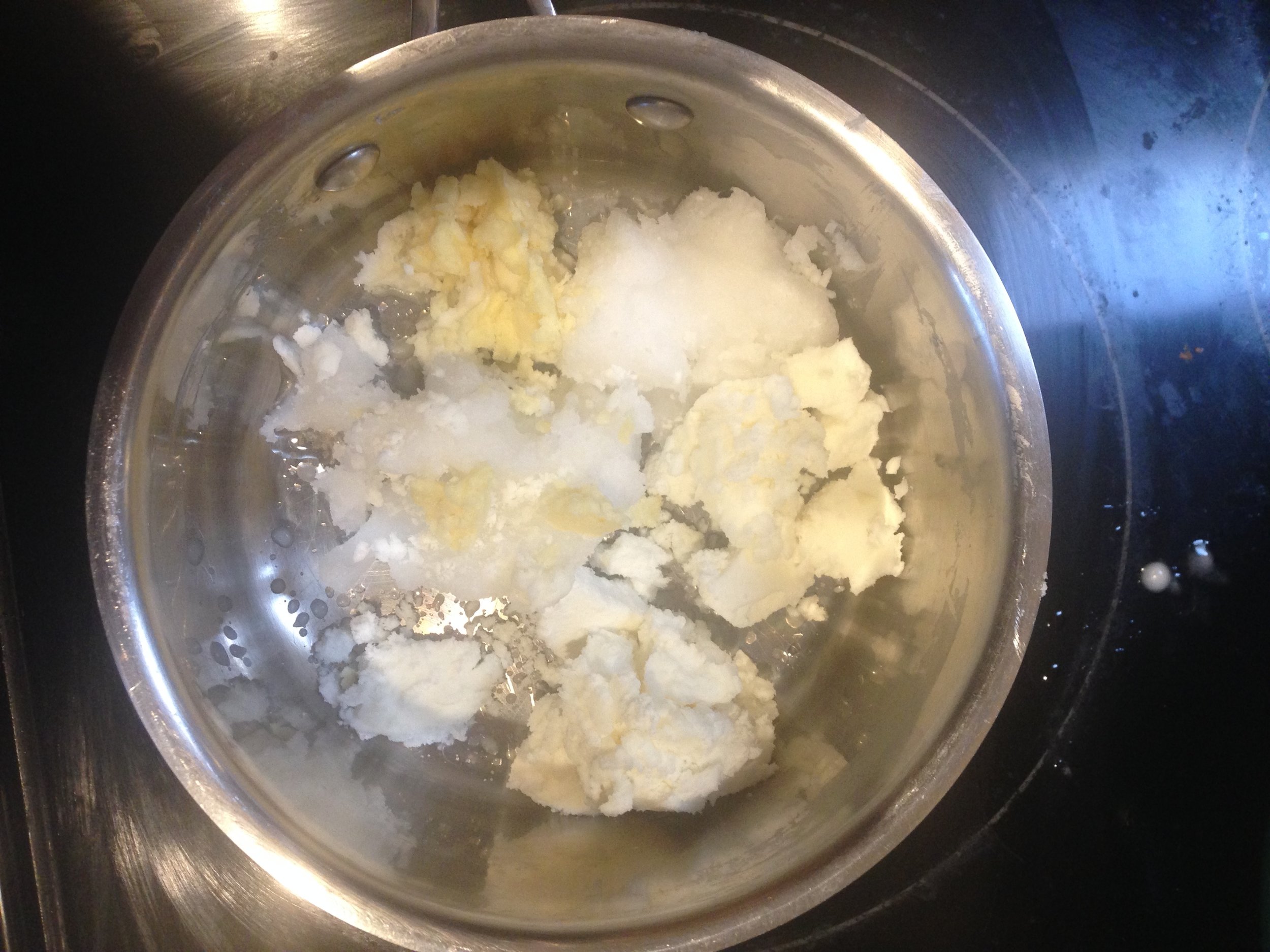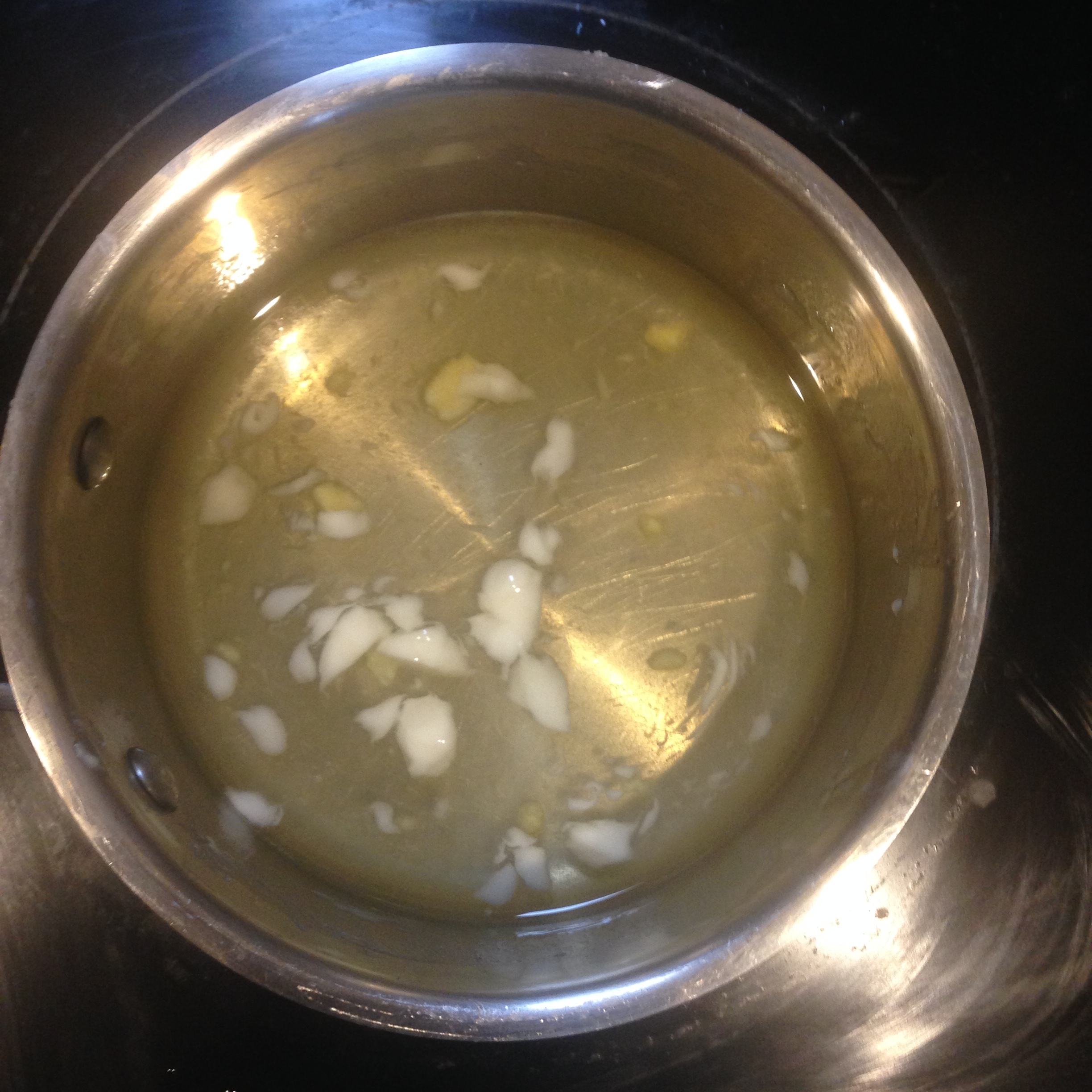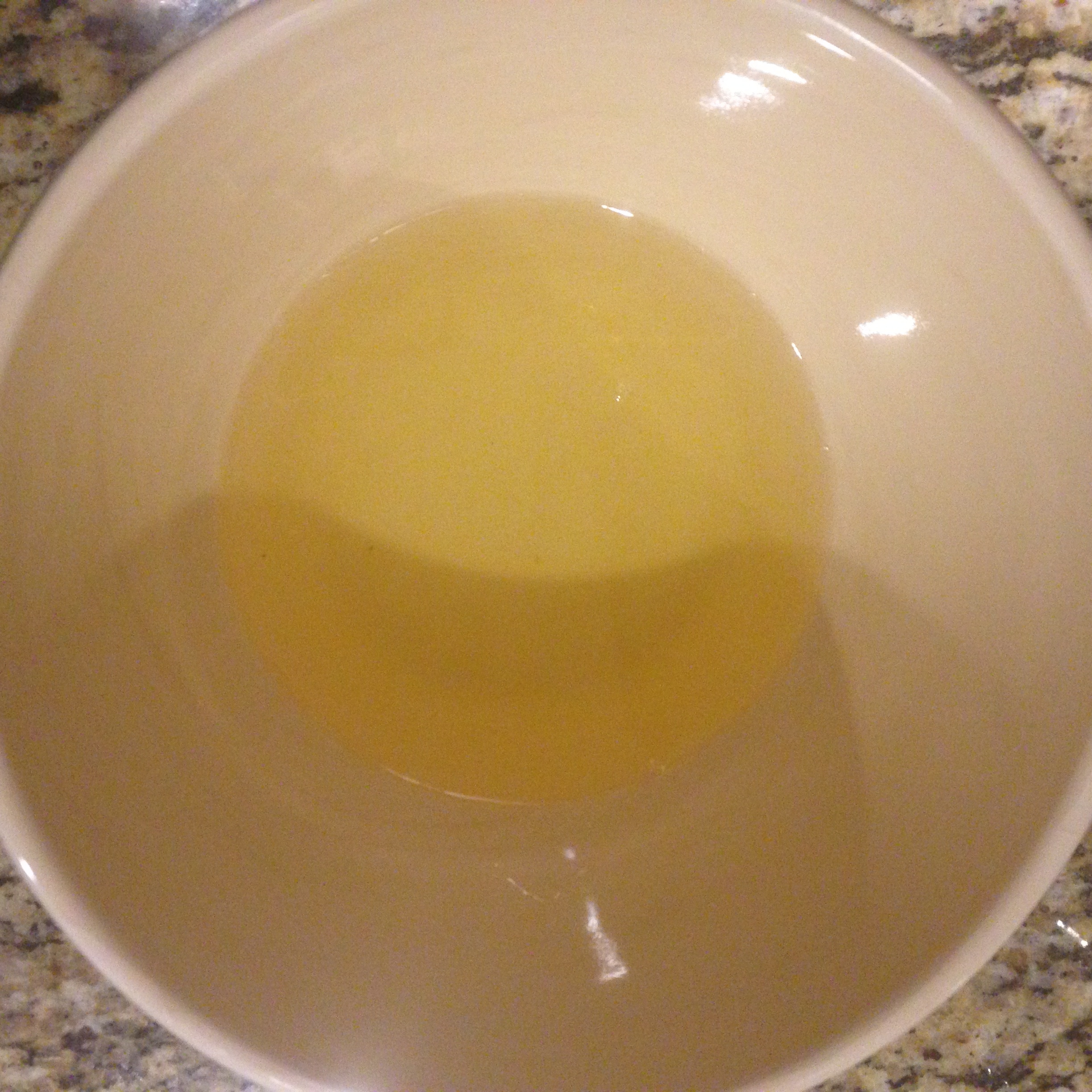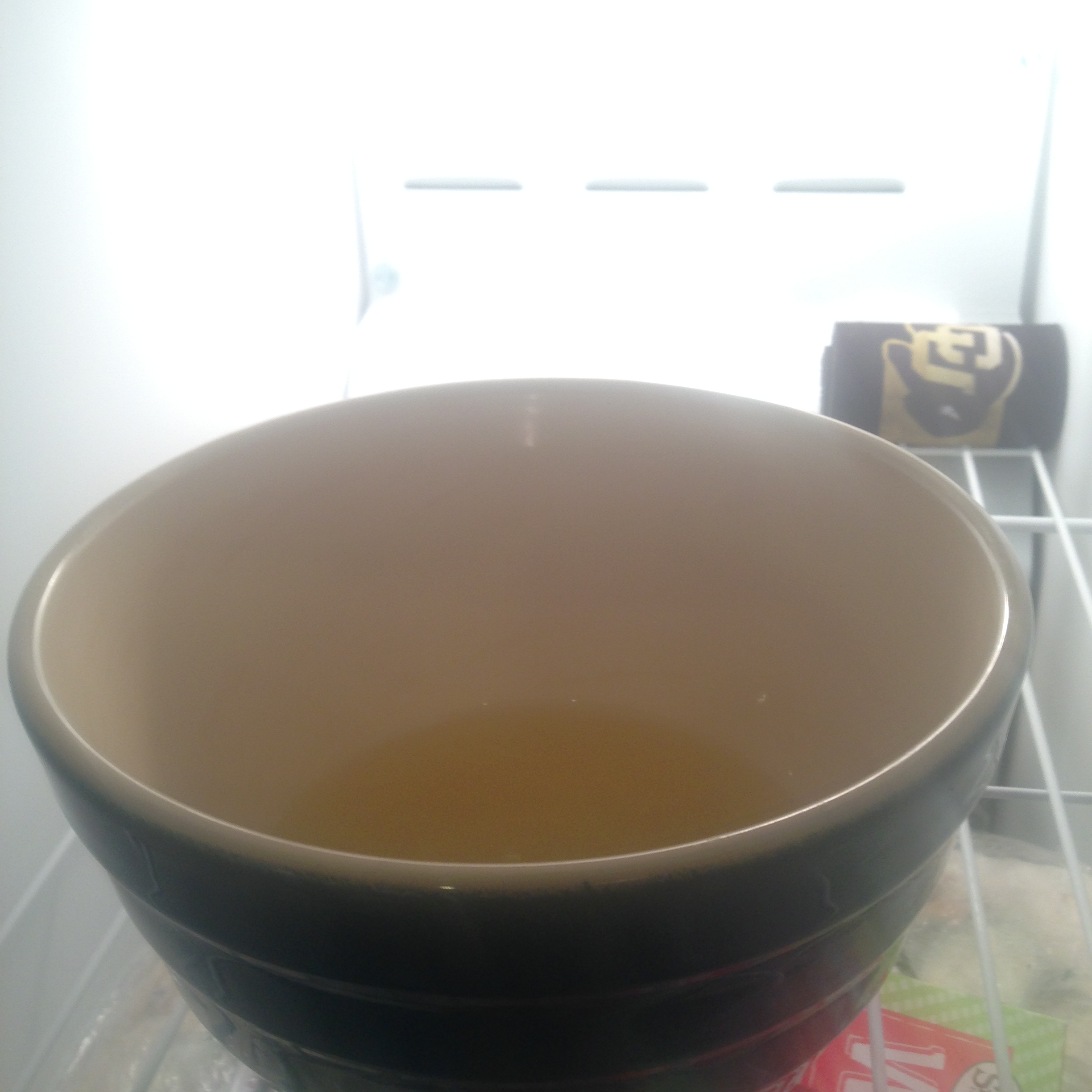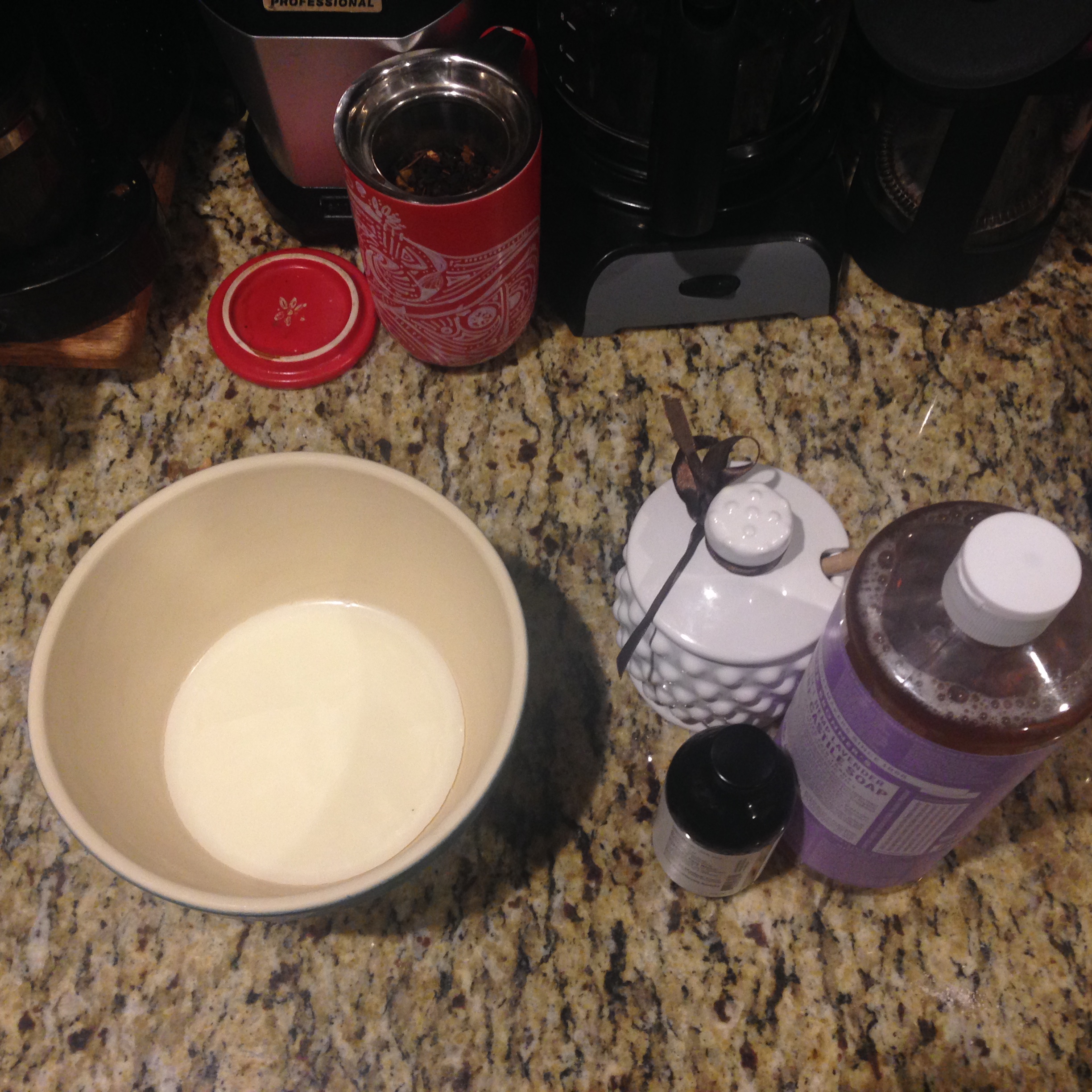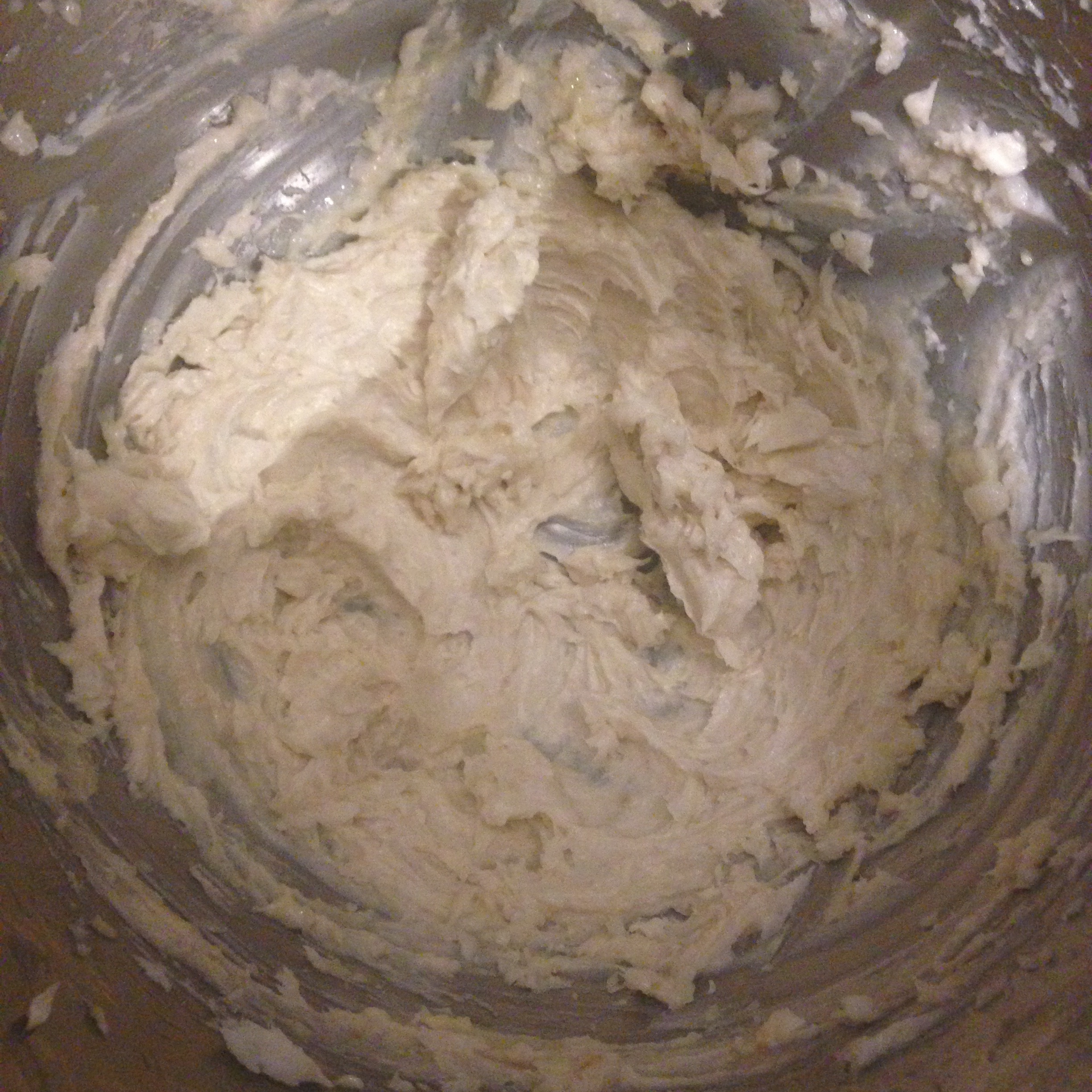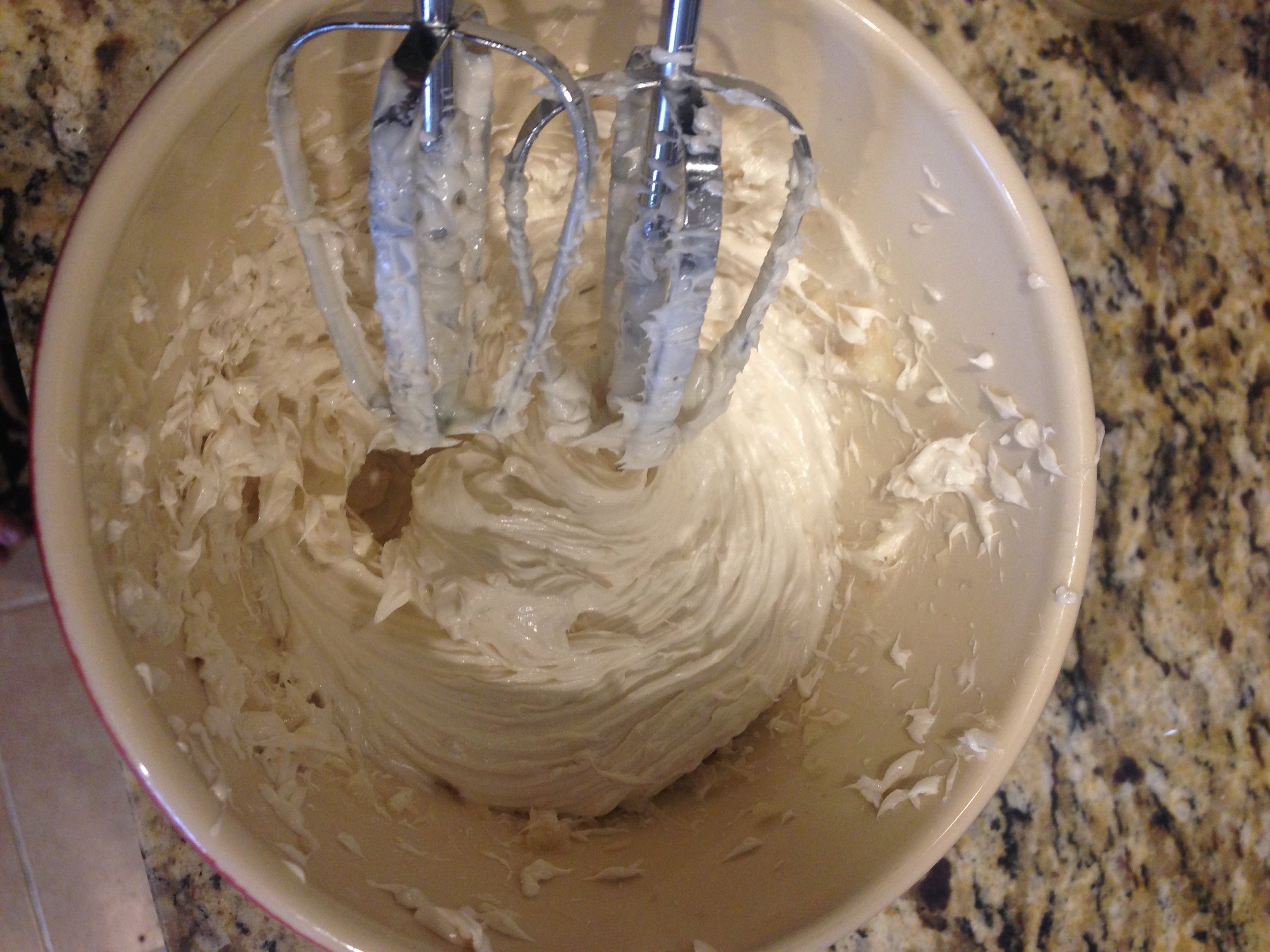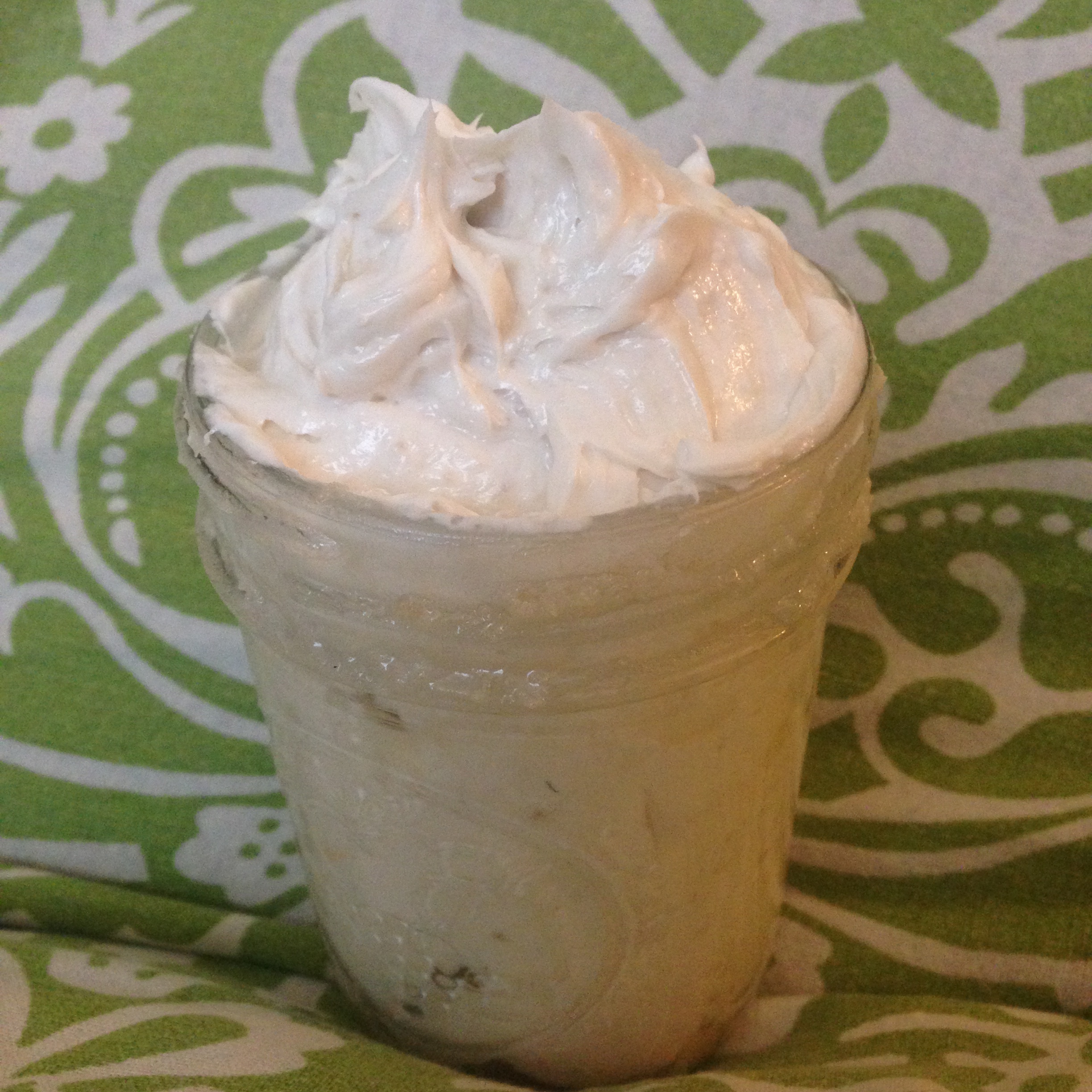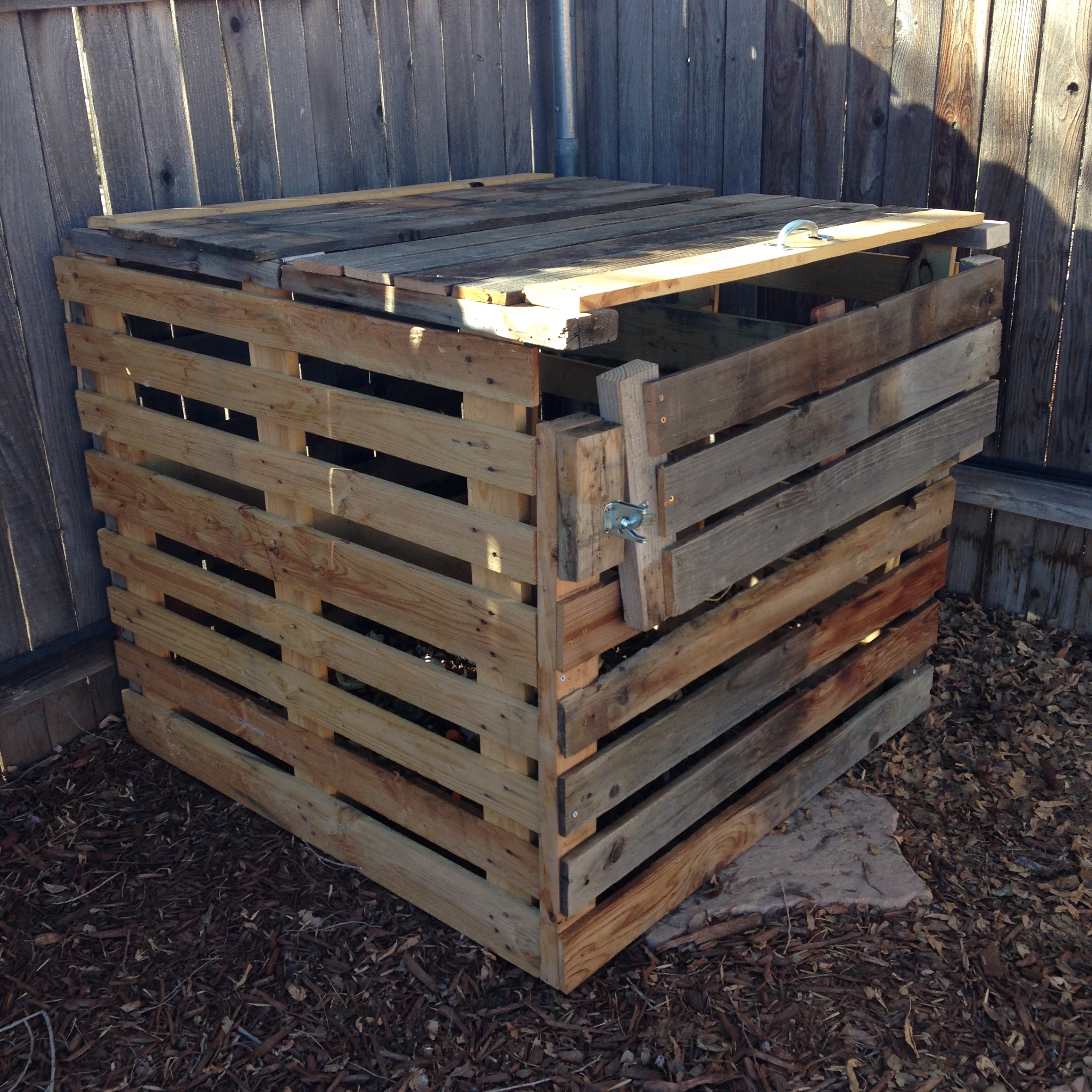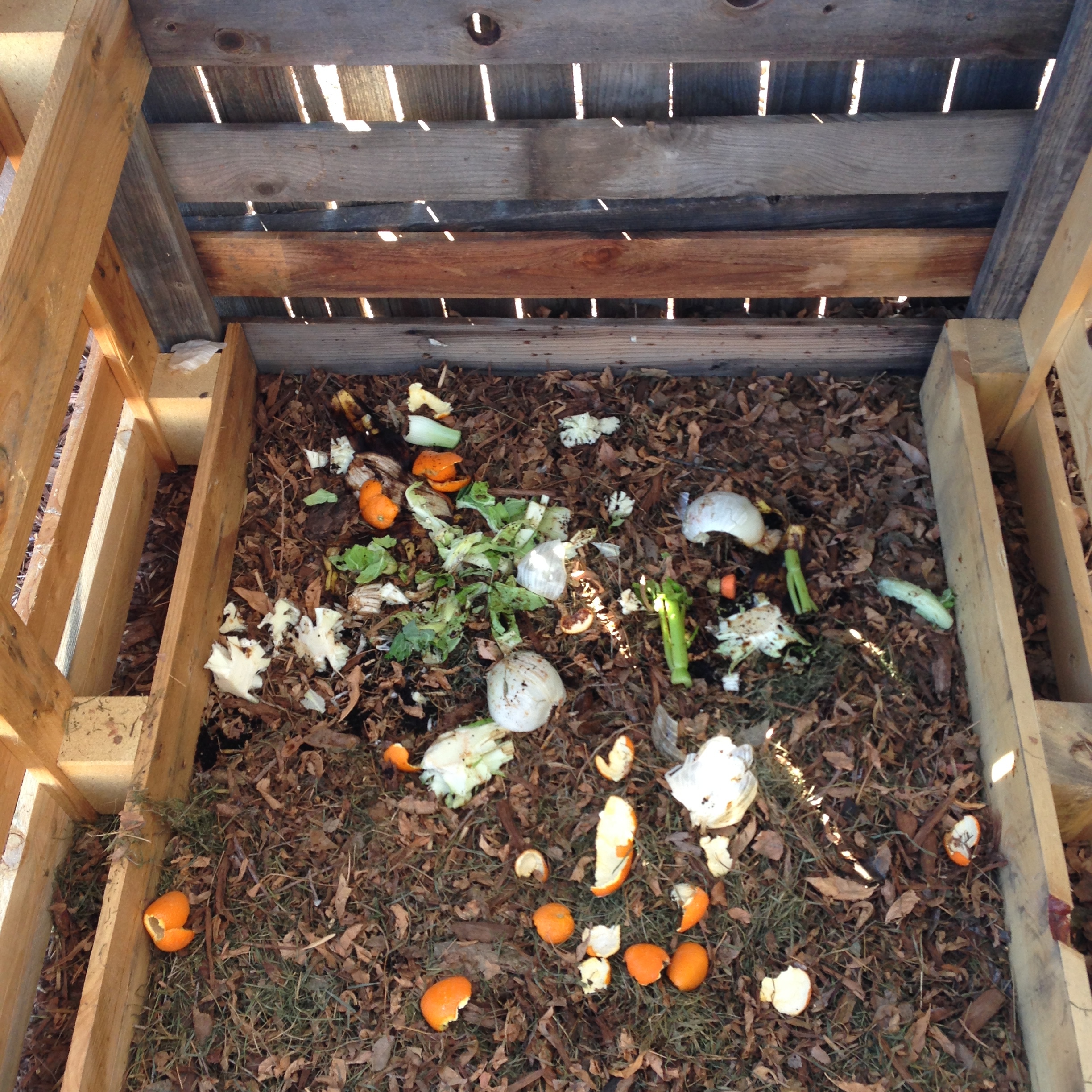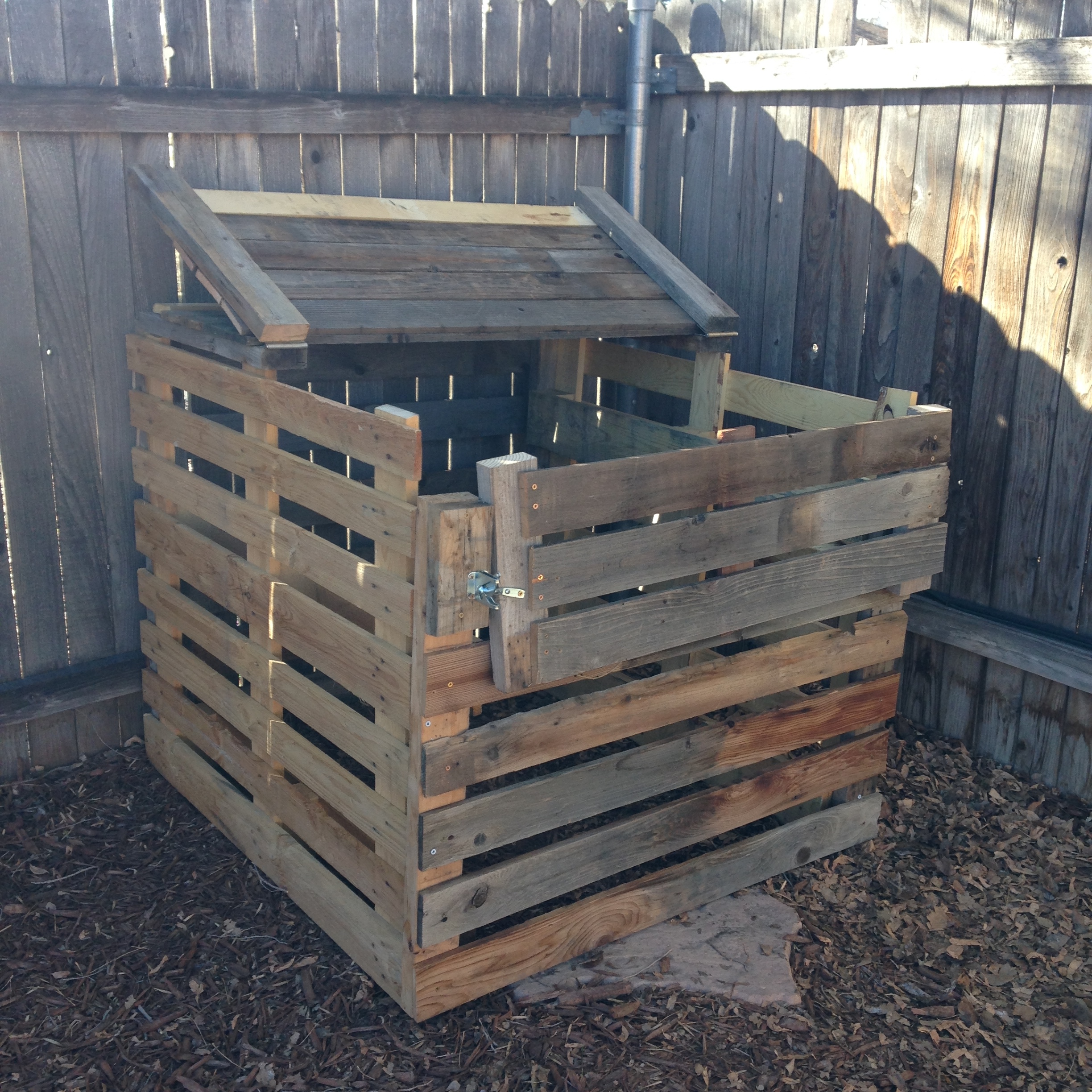So my cousin, aka my best friend, LOVES Lush's bath bombs. And to be fair, I am a huge fan of lush and the products they put out. However, I figured I could make these on my own. And with Galentine's day coming up (February 13th!) I knew I had to make a zero waste treat for my girlfriends!
Ingredients:
- 1 cup Baking Soda
- 1/2 cup Citric Acid
- Citric acid is a weak acid that naturally occurs in citric fruits. It is responsible for the fizzing of the bath bomb. I bought mine in the bulk spice section at Sprouts.
- 1/2 cup Epsom Salt or table salt
- 2 teaspoons olive oil or sweet almond oil
- 2 teaspoons witch hazel or water
- 1 teaspoon vanilla extract or water
- 20-30 drops lavender essential oil
- You can use whatever essential oils you want, I just like lavender because of its calming/ soothing scent
- 1-2 teaspoons dried lavender buds (optional)
- you can either add these in with the dry ingredients or sprinkle on the bottom of your mold before you start and they will come out on top of the bath bomb
- Some sort of mold: silicone molds, ice cube trays, cupcake tins, etc.
- if using a tray or pan, grease with oil before hand (not butter)
Instructions:
- Combine dy ingredients (baking soda, citric acid, and epsom salt, lavender buds) into a bowl and whisk together
- In a separate bowl, combine the wet ingredients (olive oil, witch hazel, vanilla extract, essential oil) and whisk until will mixed
- Pour the wet ingredients into the dry ones and very quickly mix with your hands.
- At this point the mixture should hold together when you squeeze it. If it doesn't, add some more witch hazel or spritz with water.
- Press the mixture firmly into your molds and let it sit out for 24-48 hours or until hardened (48 hours is better)
- These will continue to puff up over the course of the next few hours (it will look like you have little white muffins), just press them down with your fingers when they do!
- Once removed, store in airtight container and use within 2 months!
To use: Place into your warm bath as you get in it and enjoy the fizzy, vanilla-lavender glory!
